Alexander Abaturov on Paradise
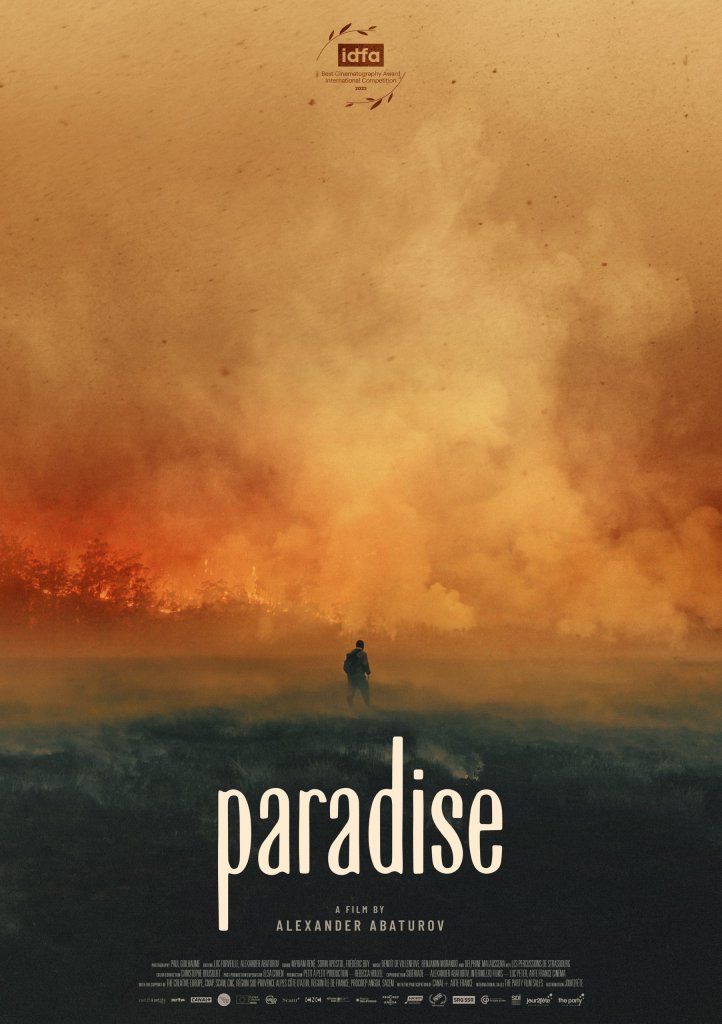
Every summer, the front pages of newspapers around the world are filled with images of wildfires. Burning through millions of acres of land a year, these unstoppable forces of nature are one of the most prominent faces of the climate crisis. Much of the news coverage is focused on the regions most prone to wildfires–and the regions most known to have them. But fires burn even in places one wouldn’t expect.
Filmmaker Alexander Abaturov’s documentary Paradise blends narrative and documentary as it follows the residents of Shologon, a remote village in Siberia, as they mobilize to fight the fires that threaten their home. No one is coming to help them. The reason? The fires that they are fighting burn within a “control zone,” an area designated by the Russian government in which the authorities have no legal obligation to fight the fires because the cost of fighting the fires exceeds the amount of money lost due to the fires.
Abaturov’s documentary features sweeping cinematography of the Siberian wilderness and villages drowned in smoke, up-close footage of the fires, and intimate views into meetings of the villagers and their efforts to fight the wildfires. These various scenes combine to create a portrait of resilience and teamwork in the face of devastating forest fires.
Frontrunner spoke with Abaturov about control zones, witnessing the wildfires, filming in uncertain conditions, and choosing hope in bleak situations.
This interview has been edited for length and clarity.
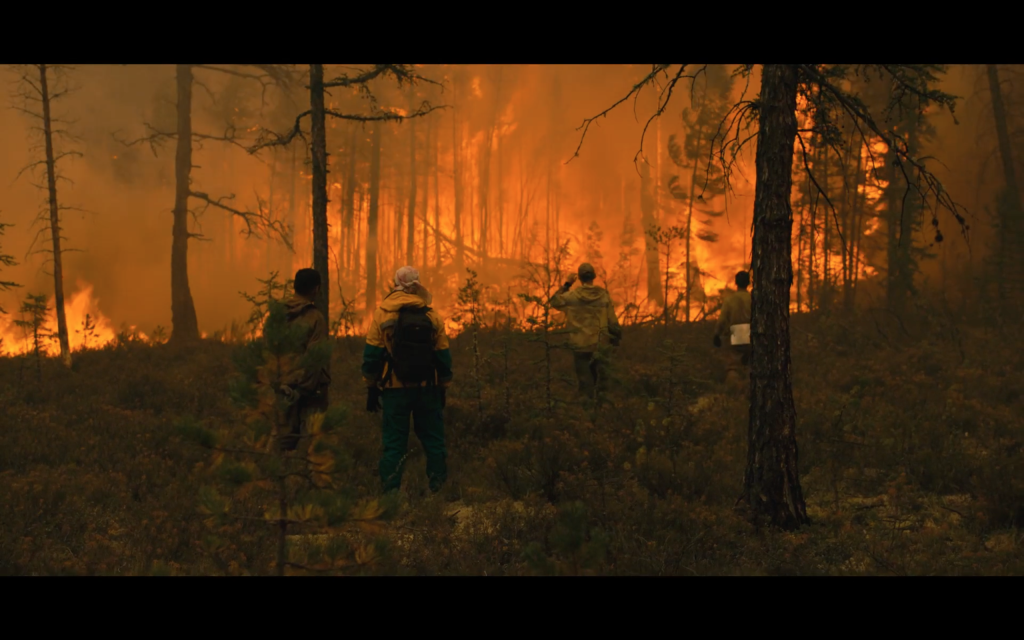
How did you first learn about the topics covered in this documentary, such as control zones, the town of Shologon, and how the villages chose to deal with the wildfires on their own?
It started actually with the idea to make a film about fires. It was mostly a kind of general feeling and desire. After that it was a long process of writing and rewriting. I think I started in 2018 and I decided that I would like to do it with wildfires as the ultimate form of fire on the earth, if we could say that. Originally I’m from Siberia. Not [Shologon]. From Novosibirsk, a big city. But still, it’s my region. I discovered actually, there’s lots of people who don’t even know that there are fires and wildfires in Siberia because it’s so often mostly connected to the image of winter and the frost. After that, there were scouting sessions for two years when I came to the zone which is exposed to the wildfires. And then I met some people and saw how it’s going on, which helped me to rewrite the synopsis of the film. I saw the method and the mechanism of the situation and decided that I would like to do this film about the local people who find themselves surrounded by the fire and this particular experience. Not the professionals for whom it’s a kind of routine and know this very well, but mostly the people who live this [experience] for the first time. It was a really long process. I wrote this logline about the remote village exposed to the wildfires and the local people fighting the wildfires. But every year it’s not in the same place. There was always lots of unknown in this formula, but I convinced the producers and the broadcasters to join me on the project. I said, “don’t worry, I will get to the place which is threatened and menaced and we’ll do the film during the wildfires.” In 2021 we came there finally after three years of scouting sessions. I came there with a team and the gear and we located the huge zone which was very, very exposed to the wildfires that year. And during the week we did a tour of the villages. And finally when we came to Shologon, which was the smallest one, and is kind of a dead end village with no passers by. It’s kind of a different world. I decided [the film] will be there. We stayed there for three weeks until the rain came. It was kind of challenging because you don’t know when [the fire’s] going to come, how it’s going to be and how long it’s going to be and what’s going to happen. So it was very stressful. Now that the film exists, it [seems] so natural that the film crew is in the small village surrounded by the wildfires. But it was all the preparation. Kind of gambling with reality, I guess.
As I was watching this, I thought the concept of control zones was quite interesting. I also live in an area that is becoming more prone to wildfires, and I’ve had wildfire smoke come into my city from elsewhere in the state. But the idea of control zones was something completely new to me. Do you feel like control zones are something that people are aware of in Russia, especially elsewhere in the country where people aren’t living near wildfires?
The real control zone is the Russian parliament. It’s completely controlled. They passed this law and it was pretty silent because nobody reacted. And even me personally, I discovered that it exists when I was working on the film. I discovered that like 90% of Siberia is a so-called control zone. I think people get the knowledge that this kind of term exists when it comes to your home, but it’s not something that’s very [well-known]. And yeah, it’s a perfect example of the hypocrisy of this system, because what they call a control zone, it’s a zone out of control actually, where they control nothing. It’s really an upside down situation. And when the people discover it, it’s too late, actually, it’s already burned nearby your house. Most of the villages and the cities and towns there are out of the control zone. But, like 90% of the wildfires came from control zones. So they started in the place where the people don’t do anything and they grew up until you know this monster that you cannot stop. This is the real problem. It’s also kind of a perfect example of Moscow’s colonialism approach towards Siberia.
I felt that this film was filmed in a quite personal way: there’s no narration, there’s very little outside information except for the text at the start and end, and it’s filmed in an intimate manner. So you get to really see the villagers’ experience fighting the fires. Why did you decide to film it in this particular way?
As I mentioned before, the idea of this film is to bring this kind of weird and unique experience that people live when they are attacked by the wildfires. It’s not about the statistics or the ecological mechanism. This is the film experience that puts you in the center of the situation. The people who see it [are] supposed to live in this situation. The local people live it. Most of the information, like practical facts and statistics and numbers, [are] in the beginning of the film, and the end of the film is the cause and the consequences. But yeah, it’s mostly: What do you do when you’re surrounded by this thick smoke and you don’t know where the fire is? But you know it’s kind of everywhere.
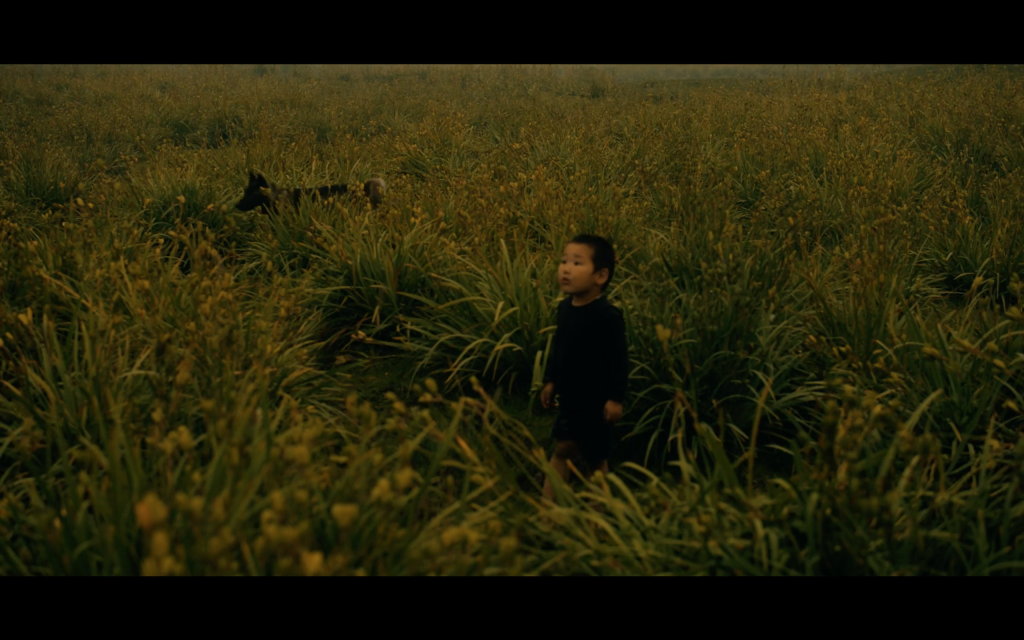
When you were filming in Shologon, were there any particular aspects of the villagers’ experience and of fighting the fires that you really wanted to focus on in the film?
It was mostly that I really tried to bring something positive in this story, which is pretty tragic and scary. When I came first to the remote villages during the scouting session I was struck by the men, women with the baskets, and the teenagers trying to stop the fire in the whole forest, the immense, immense territory. But they keep on doing something in this horrible situation which is much bigger than them. And so I wanted to bring the sense of the community. And the message is simple, that you cannot fight the dragon all alone. But we can do it all together. So it was a message about this village mobilized against the fire.
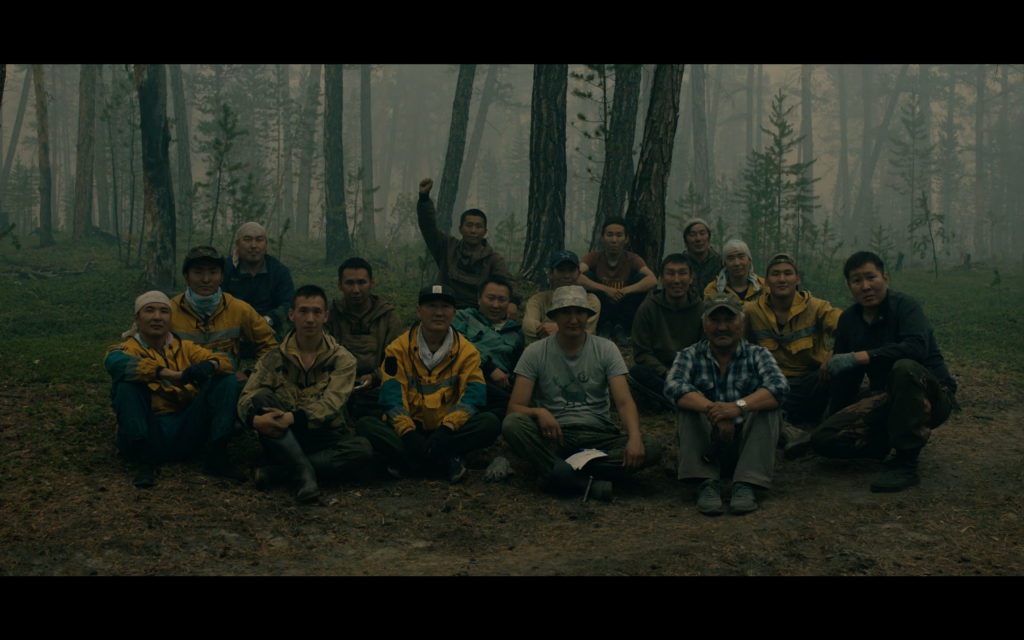
I’m also curious about just the process of filming itself: how long did it take?
In 2019, 2020, I came two years, two summers, to Siberia to different places for the scouting sessions, trying to find my film and to understand how it goes and what should I do about it. In 2021 we came with a film crew. So it was three or four years after the beginning of the job. And yeah, it’s every time it was a summer window when it happened. In the winter it was all this writing and rewriting and research work and production, trying to find the financing and broadcasters and stuff. The year after the shooting I was editing and doing post-production to finish the film.
When I was watching the film, one thing I started thinking about was how these villagers from Shologon are not really the people who are primarily contributing to climate change, but they’re definitely feeling the brunt of it in the wildfire season. Do you feel like they felt any sense of anger towards other people or countries who are a greater source of climate change, who are kind of causing this for them?
I felt lots of anger for them because they’re kind of on the front line of climate change and they have to fight with the consequences in the first place, which was caused by other people far away, flying in private jets and stuff. But then they are definitely aware of the climate changes because they live surrounded by nature and connected to nature. So they see the difference with their own eyes, telling me that, “the last year or the [few] last years, it’s not the same birds that are passing by. And the birds that I saw my whole life, are not here anymore. And new birds I never saw here came,” and all these kinds of little signs. And of course, they are connected people. They got the Internet and they read the news and they got social media and stuff. They’re very connected people. So they’re definitely aware about the climate crisis. I think it’s kind of [an] Asian approach, maybe, or a Siberian approach. There never was arguing about anything. “This is the situation. So what are we going to do with this?” And they were very [much] that attitude. I think this is kind of part of their culture.
When you were filming the fires and watching the villagers fight the fires, what was that experience like getting so close to these huge wildfires?
I think it’s more difficult to describe it with words than with film. So it’s mostly with the image and the sound [that] I prefer to bring this experience. I know sometimes it was pretty scary, of course, but it’s mostly pretty hypnotizing when you see something much bigger than you. I think it’s kind of the situation when the little fox or rabbit is blinded by the lights of the car and completely frozen. It was kind of this situation. But it was me who was the rabbit. It’s also the smoke. This thick smoke, which was very impressive and which takes also a huge part of the film’s visual universe. It’s being completely lost when you cannot see nothing around you. And sometimes you even get this weird feeling that you’re not only lost in the right and left, but also up and down. So it’s kind of an up in space feeling. When I came back in the winter and got together with Vasyl, one of the main characters, we were talking about our summer experience and we were laughing and joking. “Yeah, do you remember we were blocked on the road?” At some point we got silent and remembering. I got goose skin. He told me this phrase: “it’s only in the aftermath we get this consciousness of what was happening.” I think it was more scary after than during the situation.
The end of the documentary seems to end on a hopeful note in that it’s now winter time, the fires are gone, the villagers are fishing together, and they catch a lot of fish. I felt quite optimistic about their future. But do you feel hopeful for this village and other people who live in or near control zones about their future and being able to protect their own homes against wildfires?
As I said, I wanted to bring some positive notes into this terrible and scary situation. I was glad that this community, this particular community won this battle. They succeeded in stopping the fire just at the gate of their homes. This time and this particular village, this time they won. And of course, I wanted to celebrate and honor them for this fight. We were lucky because we stayed in the village that did not get burned. But the neighborhood village was burned. And of course, I could not [make up] this kind of happy ending in this situation. It would be a completely different film. So I could not control the reality, this kind of reality at least. So yeah, I decided to enjoy this win, this battle that was won. But I think the ending titles with all this information and the music, it’s quietly alarming because this time it was over. But this year it’s continuing in other villages that have to fight for their survival.
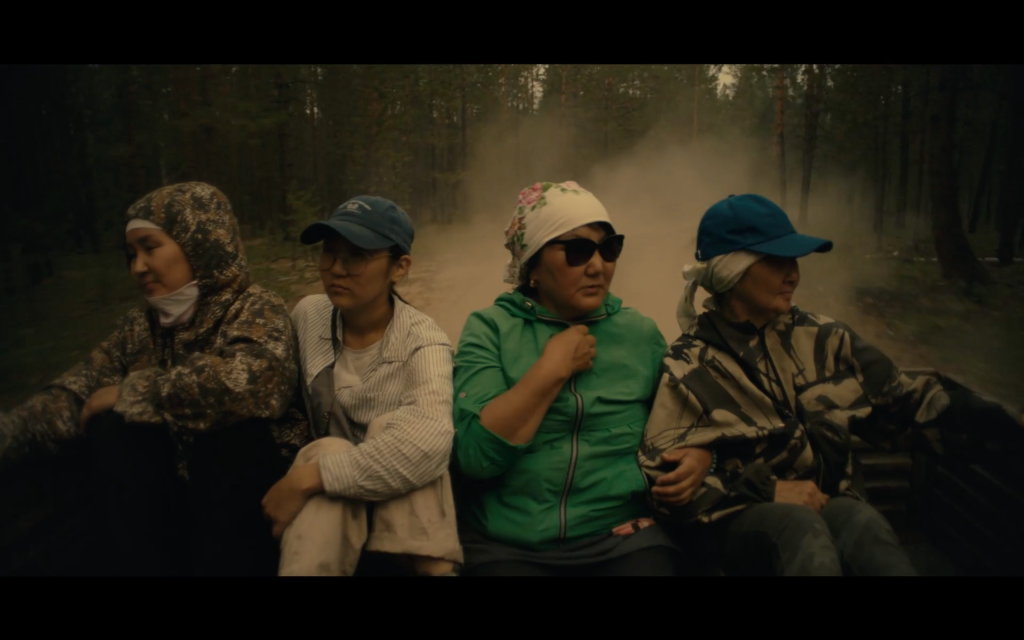
What do you want your audiences to take away from viewing this documentary?
In the first place, that in Siberia there are wildfires. It’s less mediatized than some other hot spots on the earth. One of the main messages is that the fires and other natural elements don’t know the borders created by humans and that it’s very stupid to see our earth with lines drawn on the map. We’re all together on this small rock lying in space. But even in the most shittiest situation we have to continue to do something. Do not give up, and we can succeed when we’re together.

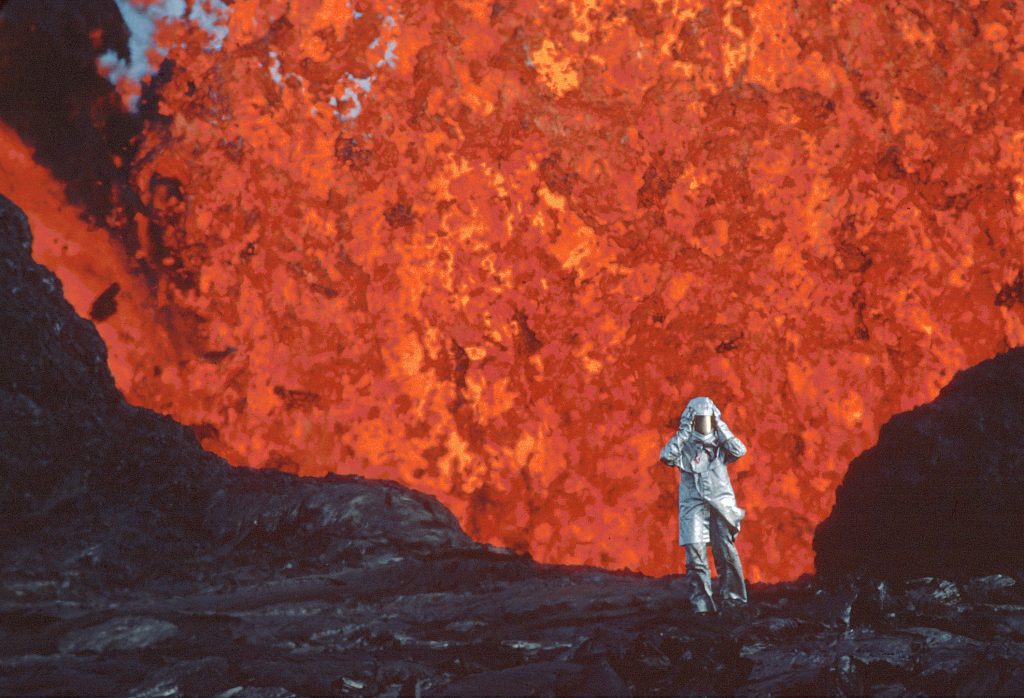
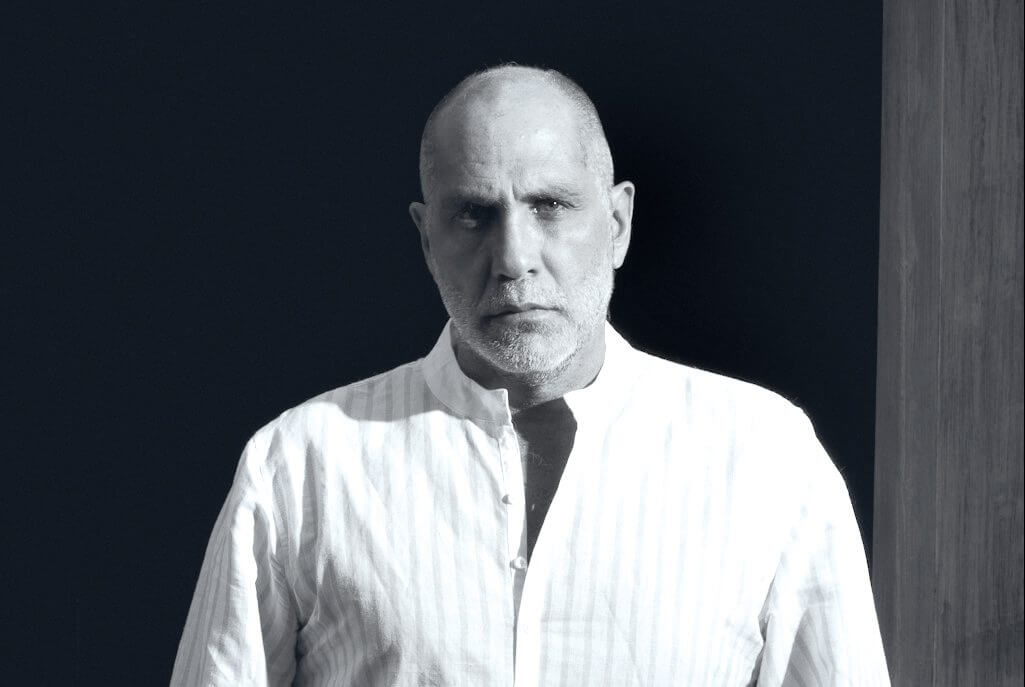
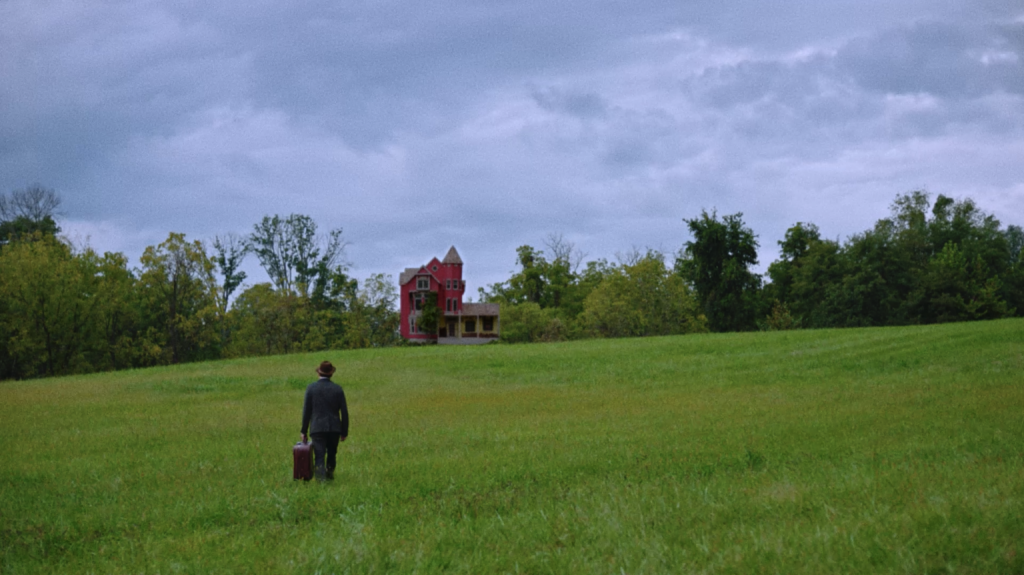
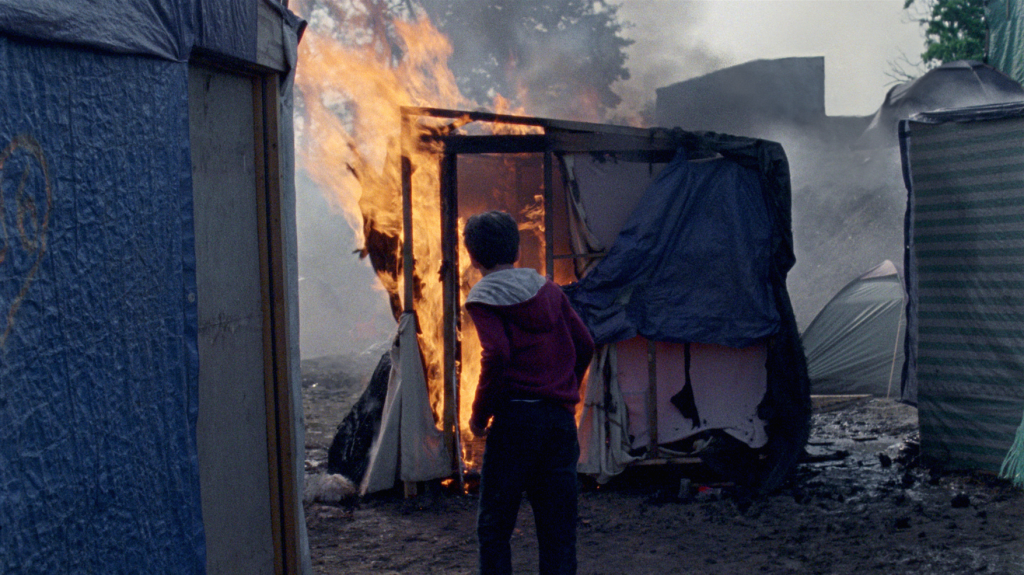
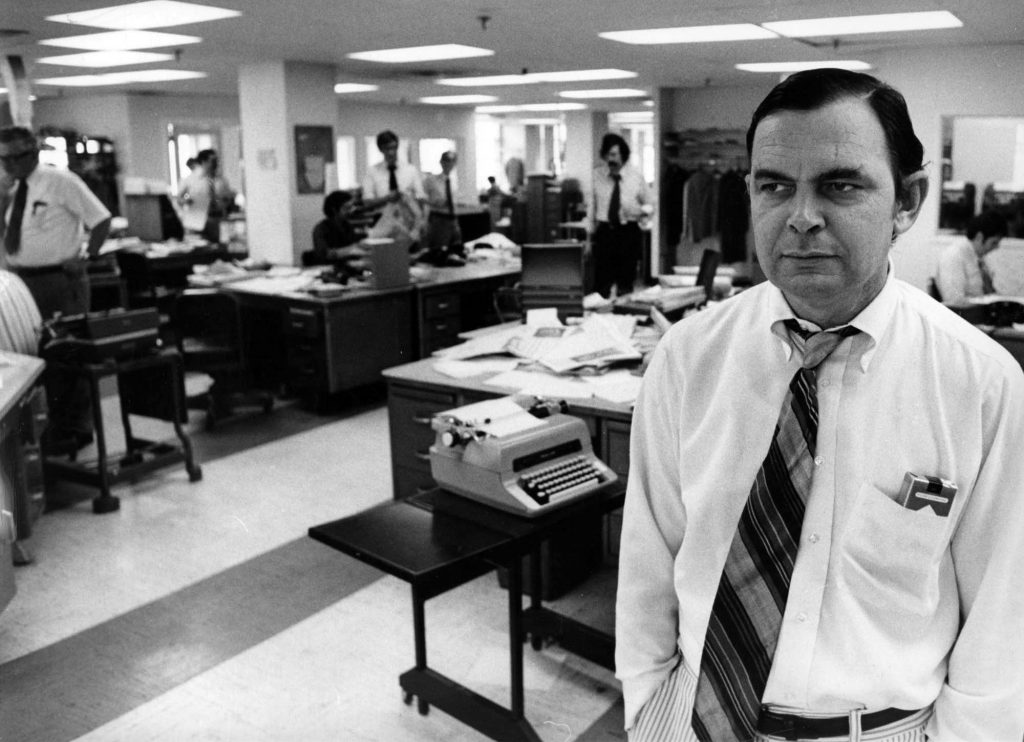


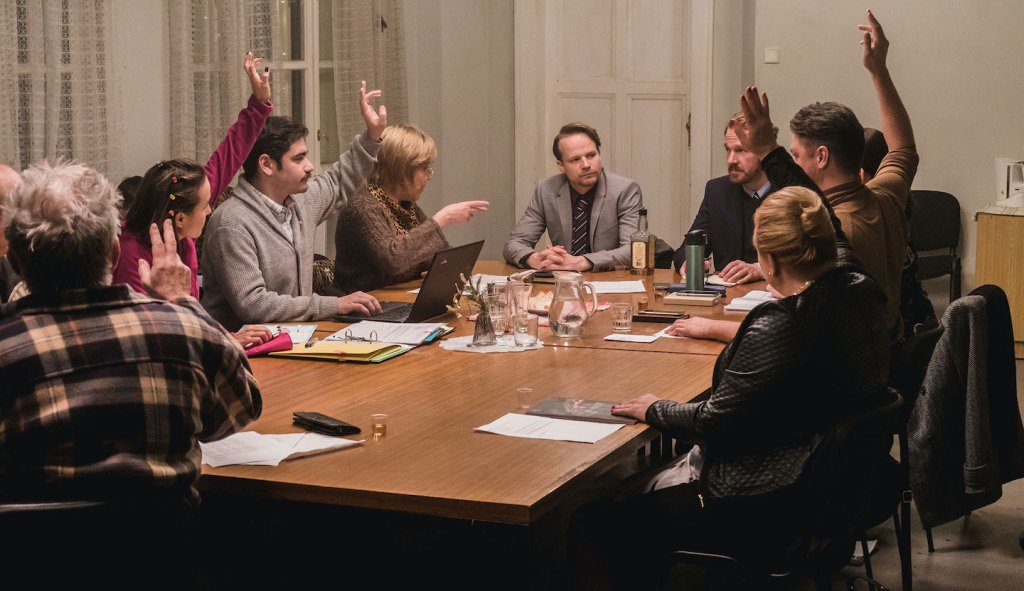

Responses